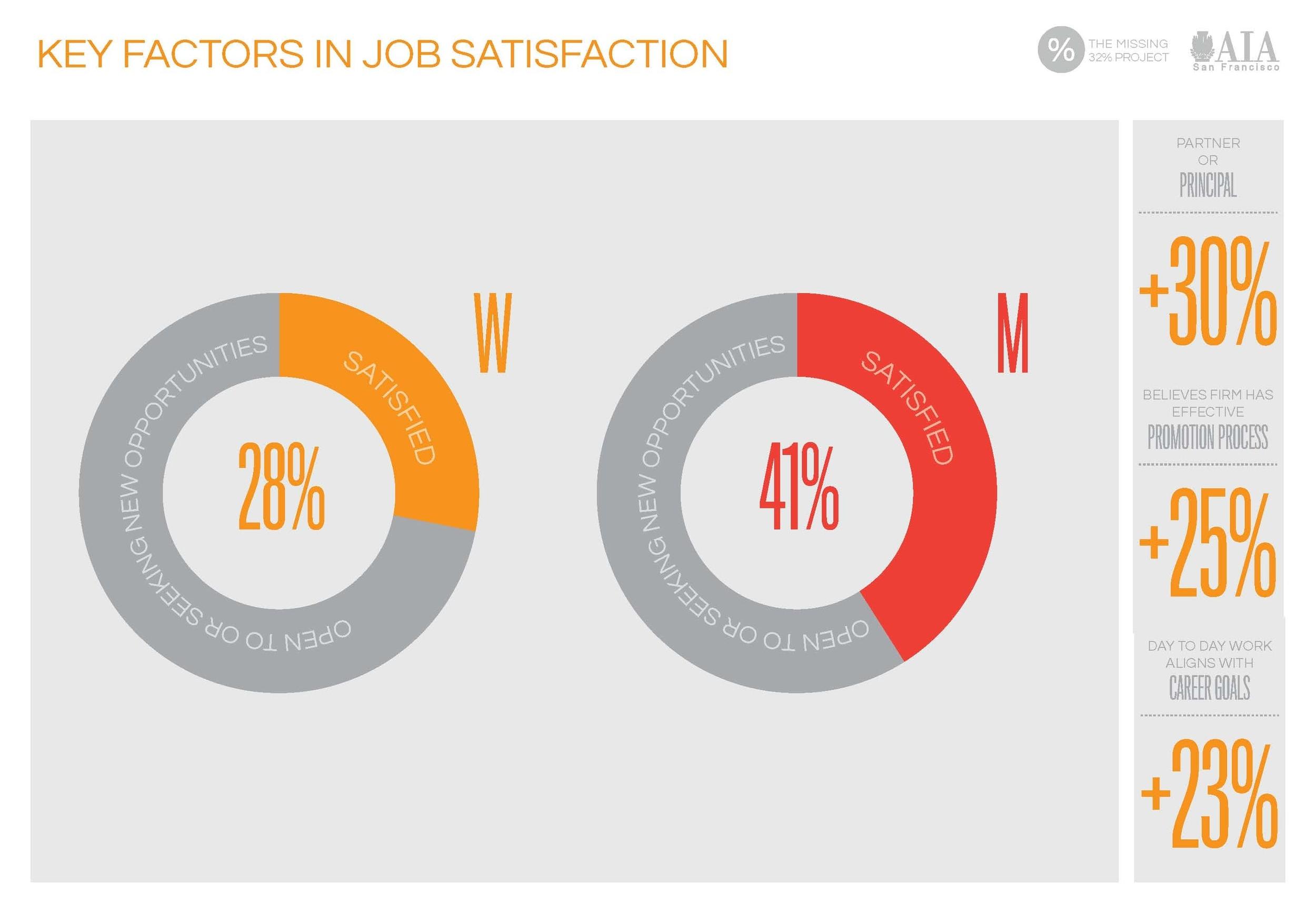This month's #Architalks "secret ingredient" topic is "TOOL" as suggested by Bob Borson, AIA, the originator of "Life of an Architect" blog and #Architalks blog series. According to dictionary.com, the word "TOOL" actually has 17 meanings! For this particular post, I chose "Power Tool" as a metaphor playing on the following two definitions. (And the reference "power" suggests increased effectiveness and efficiency at accomplishing the task).
/to͞ol/ noun
- An implement, especially one held in the hand, as a hammer, saw, or file, for performing or facilitating mechanical operations.
- anything used as a means of accomplishing a task or purpose:
There has been a lot of discussion (and frankly some confusion) about Equity, Equality, Diversity, and Inclusion in the last few years within our profession, but also in society at large. In 2013, I founded The Missing 32% Project to shed light on the challenges we face as a profession by not supporting our talent. Our work has evolved into Equity by Design to promote equitable practice in Architecture. The means to achieve this task have become our essential kit of power tools.
Power Tool # 1 - Data
The 2014 Equity in Architecture Survey Final Report - Inspired by Alexandre Lange's "Architecture's Lean In Moment", Metropolis Magazien, July/August 2013, this report summarizes the data analysis collected in the inaugural survey we conducted in early 2014. The report has been used by architects and allied professions nationally and globally as a starting point of discussion for the challenges and pinch points occurring in the workplace that cause talent to leave a firm or the profession. And things are happening. The research has been the impetus for action: from the AIA National Resolution 15-1 Equity in Architecture, to the establishment of the Commission for Equity, to firms of all sizes re-evaluating workplace policies for equitable practice. But we are not done yet. We are getting ready for our 2016 Equity in Architecture Survey which will launch at the end of the month. Stay tuned!
Power Tool #2 - Knowing Your Worth
In the survey, the top 2 answers for why people leave the profession - Long Hours, Low Pay. While, compensation is predicated on the economy, the size of the firm, and the skill sets of the professional, there are valuable tools to better understand if you are being compensated fairly. AIA National has launched the tool - AIA Compensation Survey Salary Calculator to provide top line compensation information for 17 architectural positions by region and firm size.
Power Tool #3 - Negotiation, The Art and Science of making the Deal.
Less than 40% of EQiA survey respondents had negotiated for a higher salary if they had an unsatisfactory offer. This turned into a popular series of workshops to learn better negotiation skills. I shared an article in AIA YAF Connection in April 2015 that highlights the key components to becoming a better negotiator. You can also sign up for our next edition of the workshop at AIA National Convention in Philadelphia this year. TH209 EQxD Negotiation is your Power Tool- on May 19, 2016 from 2-3pm.
Power Tool #4 - Parlour Guides to Equitable Practice
Many have reacted positively to the Survey findings, but ask, where do we start? and HOW? While one might associate the process with "Eating a Whale", there is help and guidance to get started. Our friends in Australia have been very productive in publishing this resource for firms to address all aspects of equitable practice, including: pay equity, flexibility, leadership, mentoring, licensure, career breaks, and work culture. While there is a state side version in development, Parlour's Guides are a great start for anyone who is asking.
Power Tool #5 - Getting Connected
Architects may have mixed feelings about engaging in Social Media. I know that I did. Prior to starting Equity by Design, I was suspicious about it and worried about trolls. 3 years later, I am happy to report that I haven't been stalked or stoned to death by trolls yet (although I did have one troll, but I blocked him). In all seriousness, there is an amazing world of connections to be made to forward the movement for equitable practice. You can also strengthen your professional development, building relationships and connections to people who will likely become your future champions. Suggested: Twitter, Linked In, Facebook.
Power Tool #6 - Using your Voice for Thought Leadership
While Architects are generally known for communicating in graphic ways, we are hard pressed sometimes in communicating who we are, what an Architect does, and our contributions to the value of a better society via the built environment. A great place to do that is having a blog on your website, or post on Linked In. If you don't have a website, you can easily start one up for free on Wordpress or a small subscription cost on Squarespace . These sites have design savvy templates and are easier to set up and maintain than a customized website. Another benefit of a website and blog is a place to showcase your work and a new way for potential clients to get to know you before even meeting. But, who has the time to keep up a blog post? Another option is to become an occasional contributor / guest blogger on our EQxD blog or www.TheEquityAlliance.com . It's a good way to get your feet wet, without making a larger commitment to maintain your own site until you are ready.
Power Tool #7 - Find your Champions, Be a Champion
So, what are Champions? Are they mentors? What is the difference? The main differentiator is that champions are those that are actively and openly advocating for you in terms of professional feedback and advancement. They are going to bat for you and they have a vested interest in your success. They can be your clients, your 'manager', your firm Principals, your teammates, your peer colleagues or consultants. They can also be people you meet through social media who are endorsing you, your achievements, your cause. In turn, be a champion to others. Make it a point to pay it forward.
Power Tool #8 - Build Recognition for Good Work
Despina Stratigakos launched a movement in June 2013 in Places Journal with an article titled "Unforgetting Women Architects" . Despina's modern day strategy to undo the effect of women architects being left out of the history books suggested that Wikipedia was the new medium of measuring existence and recognition. Since then, Architexx, Parlour, and N-ails have answered her charge to document notable and inspirational women architects. Write a Wikipedia entry to contribute to the restoration and ongoing legacy. Write about women contemporaries in architecture that you admire. Use the WiKiD guide developed by Justine Clark's Team at Parlour. Collaborate with other groups like SheHeroes.Org to expand the storytelling beyond our profession.
Power Tool #9 - Work Life Fit
For many of these things that I have suggested, you may ask "Who has any time?" There are many tools out there for higher efficiency of time management including the Pomodoro technique . But beyond time management, the deeper question is "Is your day to day work meaningful to your career goals?" If yes, than your passion is the driver and you can find the means to optimize your time and priorities. If no, then you should consider re-assessing what it is that you are passionate about in all aspects of your life. By trying to integrate and align your passions you will have a better chance at leading the life that you want as we learned from Stew Friedman.
Power Tool #10 - Be In It, to Win It.
At the AIA Women's Leadership Summit in Seattle, Julia Donoho, AIA, Esq. in her presentation about leading a campaign to nominate Julia Morgan for the AIA Gold Medal summed it up pretty well. "You can't win the lottery, if you don't by a ticket". That doesn't necessarily mean that buying a ticket ensures a win, but it definitely increases your odds. In essence, participate, be present, get involved before you submit for awards. Volunteer for selection juries so that you can understand the process. Be a champion to get others nominated and recognized. There are also many opportunities to promote the equitable selection of speakers and panelists at conferences, design awards juries, and elected Board Members for AIA Components. Get involved.
Here are more posts, in no particular order, from my friends that wrote for #Architalks 17 "TOOL" . Read, tweet, share, comment, etc.






















